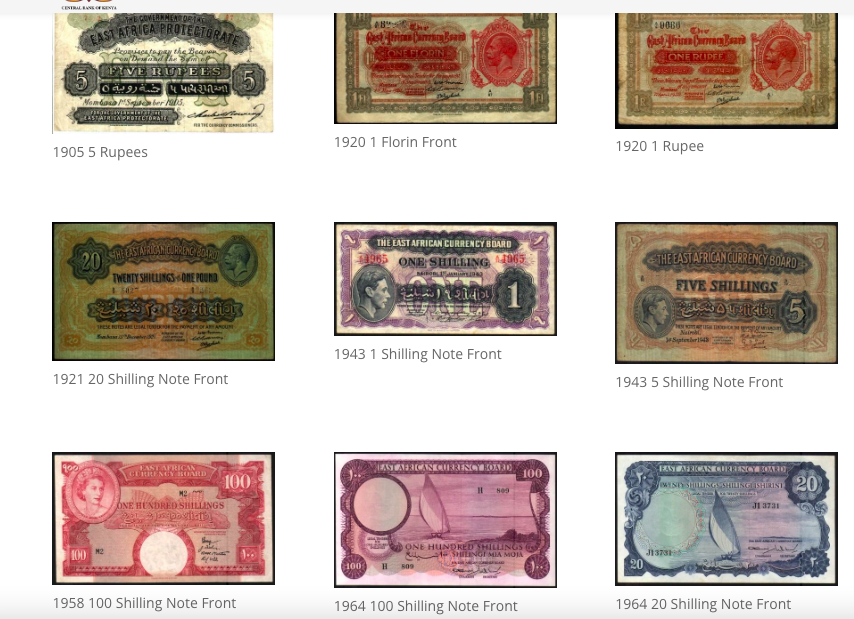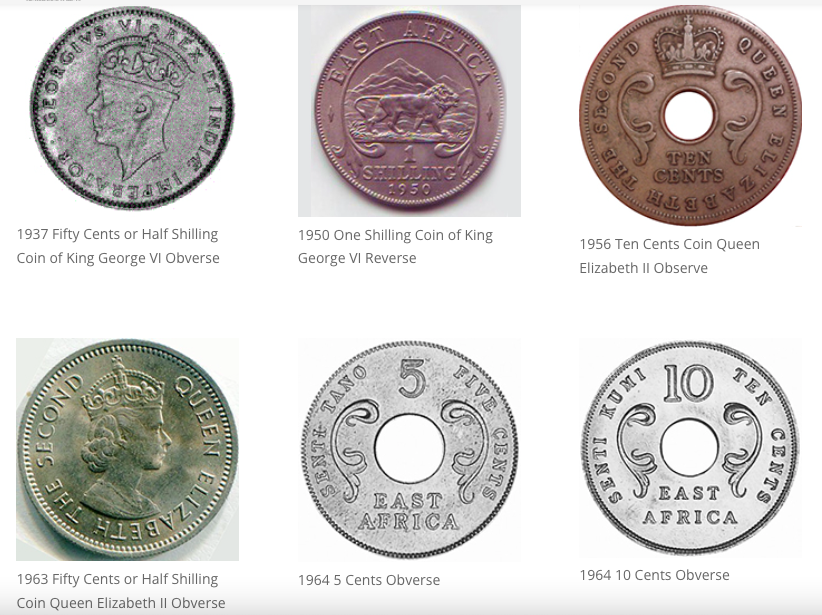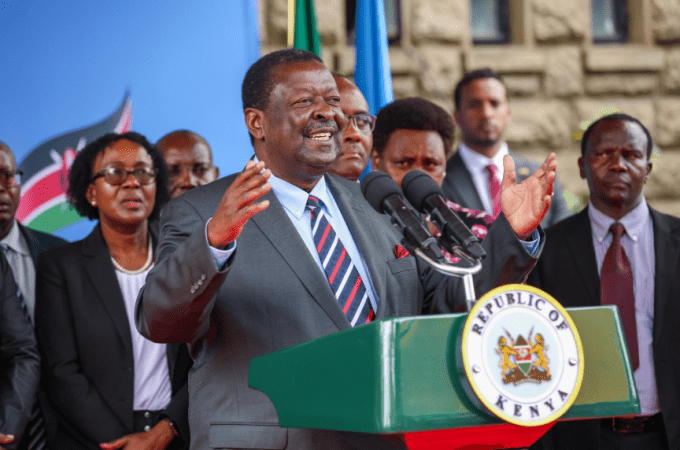Early use of currency in Kenya commenced with the Arab influence who were among the first to use currency, with the evolution of the shilling offering amazing history. In Muscat, they used a silver coin called the Maria Theresa Thaler (MT$), first minted in Austria in 1741.
Around the same period, the silver rupee minted by the British East India Company (1600-1858) was increasingly being used along the Indian Ocean coast as the monsoon-dependent dhow trade with India expanded. These two silver coins were of the same quality but of different weights hence the exchange rate was determined by the quantity of silver in each.
>> Memories From 1974: What Ksh100 Did Then Has Kenyans Talking
The British chartered company, the Imperial British East Africa Company (IBEA), got the concession to trade in the area referred to as Kenya today. They then issued the Pice, Rupees and Annas as the currency of the region.
Penetration of coins and notes only started when construction of the railway commenced in Mombasa in May, 1896, to reach Port Florence – present day Kisumu – in December, 1901. The construction, largely the work of Indian labour meant familiarity with the use of rupee coins and notes.
The use of these rupees inland was noted by the different communities, introducing words into their languages for currency. The Pice (pronounced as PAIS) was the common unit of exchange, giving rise to the word “Pesa”. Pesa has been adopted into Kiswahili language and is used in modern day Kenya to refer to money.
Inland, various ethnic communities adopted the imported terminologies referring to money such as:
- Kamba– luvia,
- Maasai– iropiyani,
- Kikuyu– rubia,
- Kipsigis– Robia,
- Pokot– Ropyen,
- Luhya– Zirupia/Chirupia/tsirupia,
- Teso– Irupia,
- Luo– rupia ,
- Kisii –(off rail) chirupi,
- Embu– mbia,
- Galla– besa,
- Gabbra– besa,
- Rendille – besa/silinkini,
- Turkana– besa/ng’aropiyae
- Somali– laq
A decision was made in December 1919, to replace the Mombasa Currency Board with a London based East African Currency Board (EACB), which would cater for the existing Protectorates as well as the newly acquired responsibility of providing currency to the Tanganyika Trust Territory. The new coins would be for “East Africa”.
At the same time, it was considered opportune to change the currency from Rupees and Cents to a currency convertible to sterling, thereby severing the link with India and reducing the economic strength of the Asian community.

The newly established EACB introduced an intermediate currency based on the English Florin with the thought that it would ease the transformation from Rupee to Shilling. The Florin would be the same size and shape as the Rupee and also be of silver substrate.
Advent of Kenya Shilling
This then became the advent of the shilling in Kenya. The shilling was, however, interchangeably used with the pound at a rate of twenty shillings to the pound and eventually only shillings and cents were used to independence. That is why for many years, the word ‘pound’ in Kenya referred to 20 shillings until recent years when it started fading away.
>> He Was Denied Loan by Six Banks – Now He Owns a Chain of Premium Hotels
As the East African territories became independent in sequence from 1962 the EACB ceased to issue notes with the image of the monarch and removed her name from the coinage. There was a desire by the three East African countries to establish a common East African Central Bank. Interim currencies were therefore introduced by the EACB to circulate within the region.

For the banknotes, the interim currency was commonly known as the “Lake Issue” currency because of the background of Lake Victoria on the notes. The notes all showed a dhow on Lake Victoria which was common territory to the three countries.
The Lake Victoria designed notes were in the denominations of 5, 10, 20 and 100 shillings. For the first time, use of Hindi on the notes was dropped and Swahili first featured on these common currencies. However, Arabic was retained.
With the establishment of individual Central Banks for the three East African countries, Kenya began printing and minting its own currency under the mandate given to the Central Bank of Kenya. Banknotes for the Central Bank of Kenya, although not yet issued, were legalised under Legal Notice number 252 of 1966 dated 1st July, 1966. Coins were issued in April 1967. EACB banknotes ceased to be legal tender in September, 1967 while the EACB coins were demonetised in April 1969.
Shilling Denominations
The initial issue of Kenya shilling notes were in the denominations of 5, 10, 20, 50 and 100 shillings, all bearing the portrait of the first President of Kenya, Mzee Jomo Kenyatta, in the front, and diverse scenes of economic activities in Kenya at the back. These notes were the first using the double title of Banki Kuu ya Kenya and Central Bank of Kenya.
On April 10, 1967, new Kenya shilling coins were issued in the denominations of 5 cents, 10 cents, 25 cents, 50 cents and 1 shilling. The coins were minted by the Royal Mint of U.K. and made from cupro-nickel.
Like the notes, the obverse featured the portrait of Kenya’s founding father, Mzee Jomo Kenyatta. The reverse, however, featured the Kenyan coat of arms, a theme that has remained a dominant feature to the present series of coins. (Reporting from Central bank of Kenya website)








Leave a comment